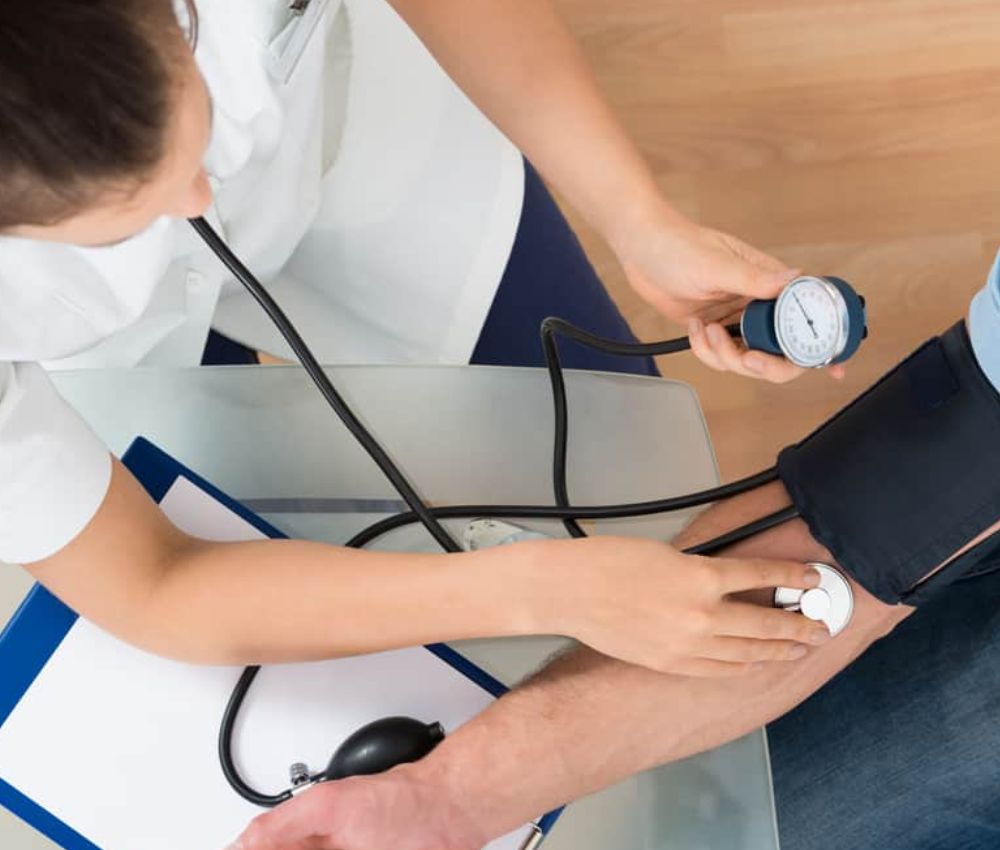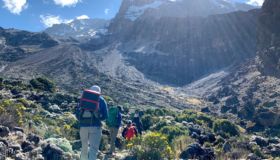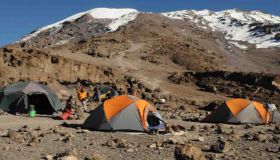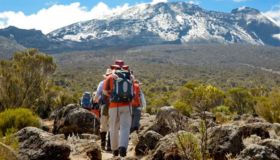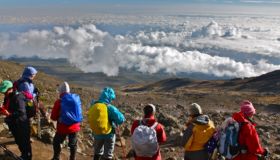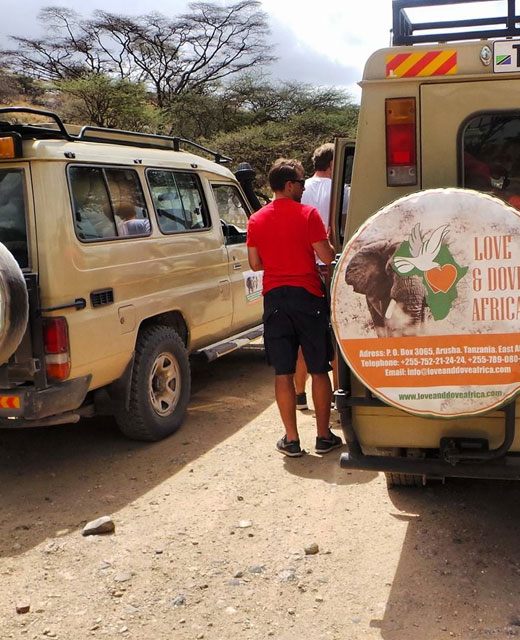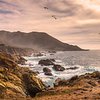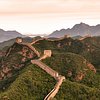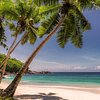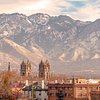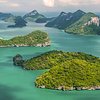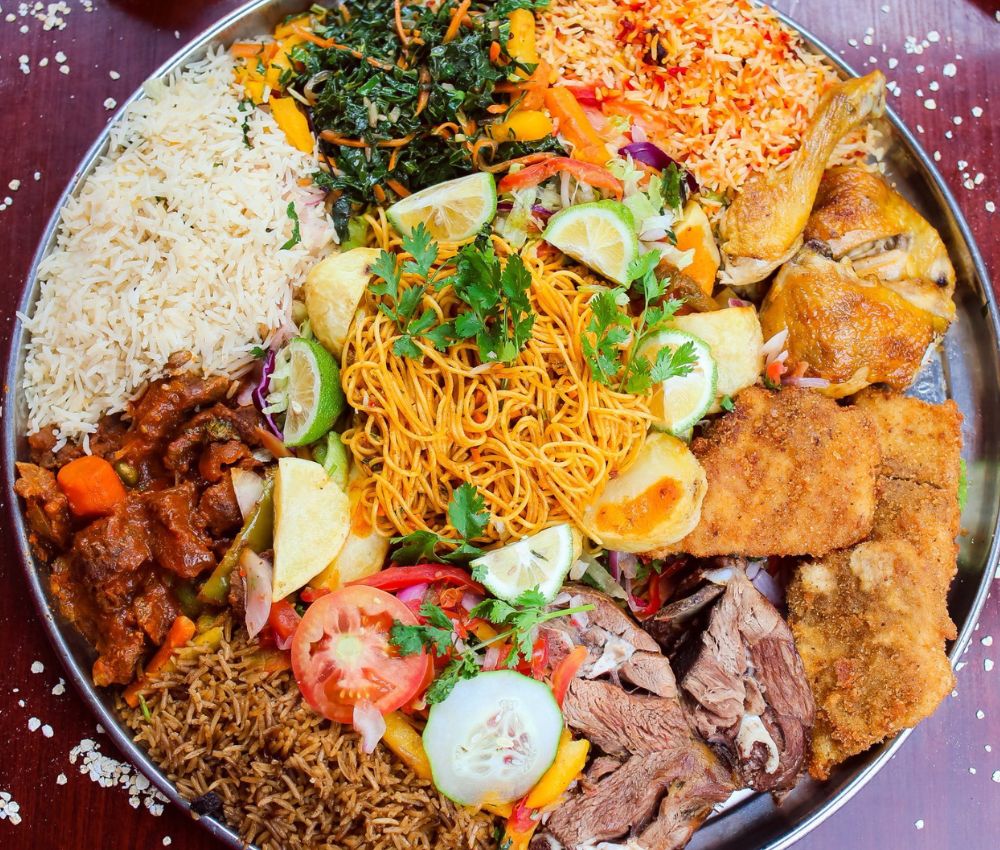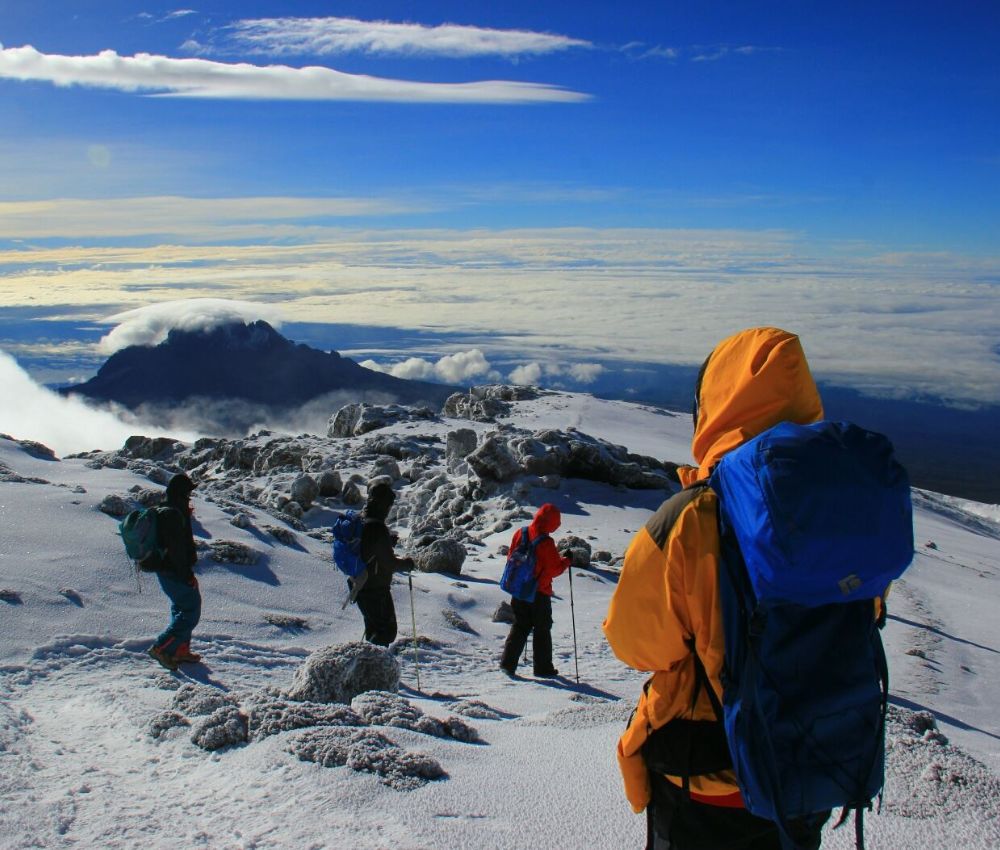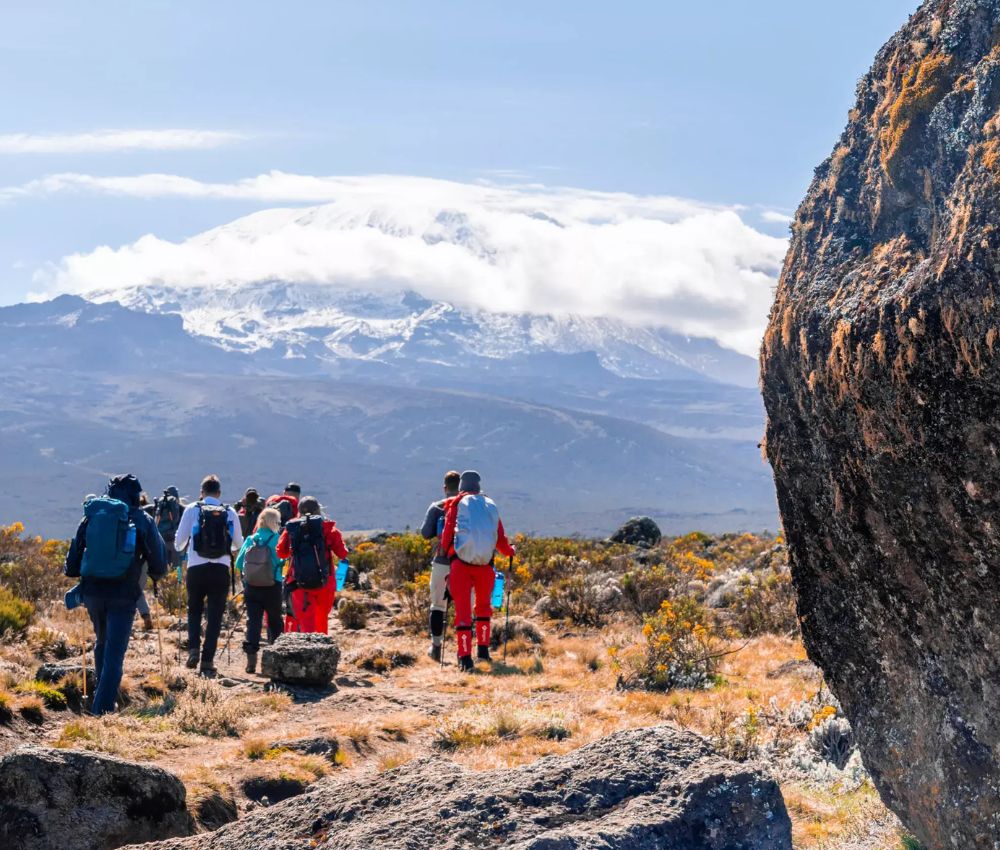Kilimanjaro Health Check List
Acute Mountain Sickness (AMS)
Acute Mountain Sickness is also referred to as “Altitude Sickness”, and as the name indicates the illness is commonly encountered at exceptionally high altitudes, such as the summit area of Mount Kilimanjaro. AMS, once apparent, can be most effectively treated by immediately taking the affected person to a lower altitude. Often a drop as little as 500m will be sufficient. The symptoms of AMS include in the order normally experienced; headaches, nausea, anorexia, exhaustion, lassitude, rapid pulse, insomnia, swelling of the hands and feet and reduced urine output. Climbers can take precautions to at least minimise the severity of the illness, by maintaining a slow steady pace from day one, include an extra day of acclimatisation at a high altitude and by drinking at least 3-4 litres of water every day. Preventative medicine is also available and you should consult your physician for specialist advice. Fluid build-up may cause a condition known as edema (or oedema), which can affect the lungs (pulmonary), preventing effective oxygen exchange, or affect the brain (cerebral) which will result in the swelling of the brain tissue. The latter can be lethal if not treated immediately or if symptoms are ignored. Probably 70% of all people climbing Kilimanjaro will suffer to some extent from AMS. You should familiarise yourself with this condition and take preventative care.
Malaria
Malaria occurs below 1800 meters and you should use the recommended prophylactics. Please consult your doctor about these. Currently, there are various preventative medication products available which will be effective against the malaria strains currently found in Tanzania. Women using oral contraceptives should consult their physicians before using prophylactics.
Hypothermia
Hypothermia or exposure is the lowering of the body’s core temperature. Once again prevention is the best cause of action. The correct equipment and clothing is critical in the prevention of Hypothermia. Do not allow your clothing to get wet from either rain or perspiration. The treatment of hypothermia is relatively simple. Get the victim into a sheltered area as quickly as possible, remove all wet clothing and place the victim inside two or three sleeping bags, preferably with another person to help heat the victim.
Sun Related Injuries
About 55% of the earth’s protective atmosphere is below an altitude of 5000m. Far less ultraviolet light is being filtered out, making the sun’s rays much more powerful, which could result in severe sun burning of the skin. It is strongly recommended to use a 20+ sun protection cream at lower altitudes, and a total block cream above an altitude of 3000m. It is also important to wear dark sun glasses preferably with side panels above 4000m in daytime and essential when walking through snow or ice. Snow blindness can be very painful, and will require your eyes to be bandaged for at least 24 hours.
Fitness
Any climber who suffers from any cardiac or pulmonary problems should be cautious and should not attempt to climb the mountain unless they have consulted their physician. It is strongly recommended that a physical fitness program is followed to prepare yourself physically for the mountain.
Feet Problems
Poor fitting, new or little used boots will result in blistering feet. Even if boots are only slightly to small, your toes will get bruised, particularly on your descend. It is it therefore also important to keep your toe nails short for the climb. Developing blister should be treated immediately as soon as the “hot spot” is felt. Remove the boot and cover the area with a zinc oxide tape or something similar.



